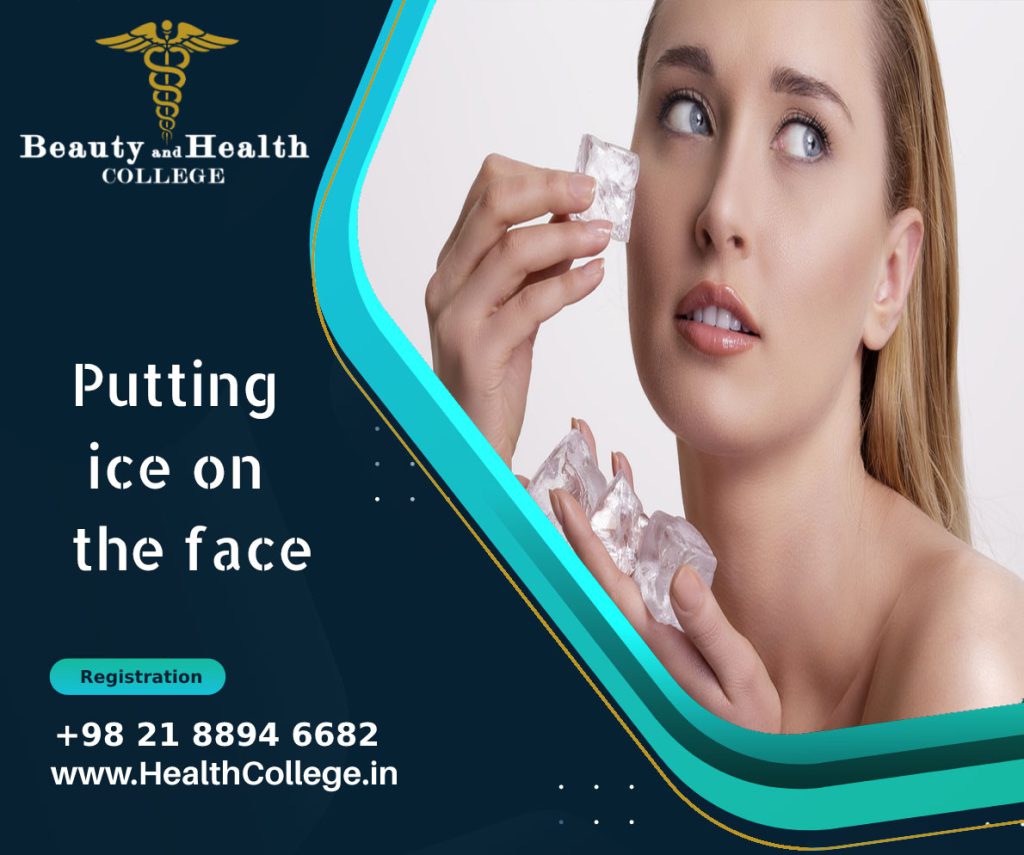Everyone talks about the advantages of hair transplant, but they don’t talk about the side effects that you may have afterwards. One of the most common problems that may happen to you after hair transplant surgery is swelling after hair transplant. In this article, we want to talk about ways to reduce swelling after hair transplant.
Hair transplantation is one of the beauty procedures that has grown a lot in the last few years and most people have turned to hair transplantation to treat their hair loss. By holding hair transplant training classes, our academy has been able to introduce many experts to the field of hair transplant.
To know the details of the course, you can contact our consultants.
Swelling After Hair Transplant Surgery: What Causes It?
Usually, after hair transplantation, most people experience swelling of the head and face, which is nothing to worry about and resolves after a while. The reason for this swelling can be due to the injection of anesthetics that are injected into the head to make the operation painless, which causes swelling in the eyes and face, which disappears after a few days and is a cause for concern. does not have.
In order to prevent this swelling after surgery, you can use some tips to reduce this swelling.We will learn more about ways to reduce facial swelling after hair transplant.
Tips for Avoiding or Reducing It
Usually, the hair transplant surgeon or the technicians will tell you some tips about this after that and tell you what you should not do during this time so that you have a better performance after the hair transplant because the care after the transplant is very important in It has better hair transplant.
Swelling after hair transplant can be a normal thing, but it can also be dangerous if you don’t follow the necessary tips to reduce it, and if you don’t follow it, it can cause a lot of damage. In the following, we examine various methods to reduce swelling after hair transplantation:
Pull Out the Recliner
When sleeping and lying down for a few days, be sure to lean on the chair and do not put your head on the pillow and separate your head from any kind of pressure. While sleeping, you should be careful not to rub your head against the pillow or sleep on your stomach or side so that your hairline gets tangled. Be sure to lean on the chair while sitting or sleeping for a few days.
Take the Drugs
Usually, after the operation, according to the patient’s conditions, a specific dose of steroid tablets is prescribed to reduce the swelling, and the patient is obliged to use these drugs at the specified time to have their effect. Previously, many doctors did not prescribe this medicine to patients and this swelling bothered them, but since they prescribed this medicine, the effects of swelling after surgery have decreased to a great extent.
Hydrate

Drinking fluids after hair transplant
Hydration is recommended after any surgery because it removes toxins from the body and helps the body heal faster.
Keeping the body hydrated is something that you should definitely do even if you have not had surgery because it is one of the most important things to keep the body healthy. Hydrating the body can be done by drinking plenty of water and nutritious drinks such as fruit juice and drinks that contain a lot of water.
Take hydrating your body very seriously and don’t skip it easily. Hydrating your body after hair transplant can help reduce swelling after hair transplant and heal your wounds.
Bring on the Pineapple
Pineapple is one of the very important fruits that is recommended to everyone after surgery because it is anti-inflammatory and helps reduce swelling. Fresh pineapple can save you from swelling to a great extent if you eat it on a regular basis after hair transplant, and apart from reducing swelling, it also speeds up the healing of your wounds.
Ice It

Applying ice to the face to reduce swelling
Applying ice is one of the important ways to prevent swelling, just like when a strong blow hits our body, we quickly apply ice on it to prevent it from swelling. We can also use ice after hair transplant. It also has its own method. To prevent facial swelling after three days of surgery, you can put an ice pack on your forehead above your eyebrows and hold it for a few minutes to reduce the swelling by lowering the temperature of your face.
What Causes Redness After Hair Transplantation?
Swelling and redness of the head and face are experienced by almost all patients, which is completely normal, and the reason is that when the hair follicles are planted on the head, the body brings a lot of blood to that place to provide enough oxygen and substances. They start to grow so that they can adapt to the conditions of the body and this redness and inflammation can be due to the accumulation of blood in that place, which is nothing to worry about and the body performs its normal activity.
resulte
In this article, we talked about the points that reduce swelling after hair transplantation, and if you have done hair transplantation, you can use these methods to reduce the swelling of your head, and if you have not yet done hair transplantation, you can By being aware of this issue, take better care of yourself and prevent your swelling or discuss it with your doctor.
FAQ about reduce swelling after hair transplant
- How long does swelling last after a hair transplant?
Facial swelling usually lasts three or four days after the operation, but if it lasts longer, contact your doctor. - Does ice help with swelling after hair transplant?
Yes, putting ice can help a lot in reducing the swelling after hair transplant and you should be careful to put the ice on the forehead above your eyebrows and keep it for a few minutes. - Does swelling affect hair transplant?
Swelling after hair transplant is a normal thing and has nothing to do with your hair growth and does not cause a disturbance in it and is nothing to worry about.

